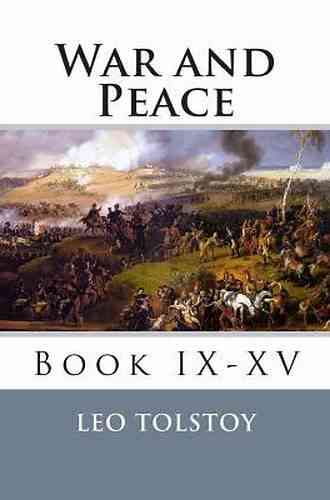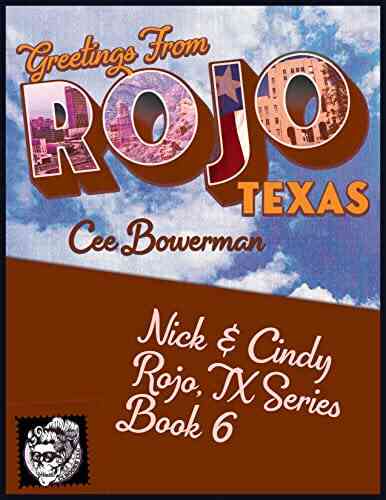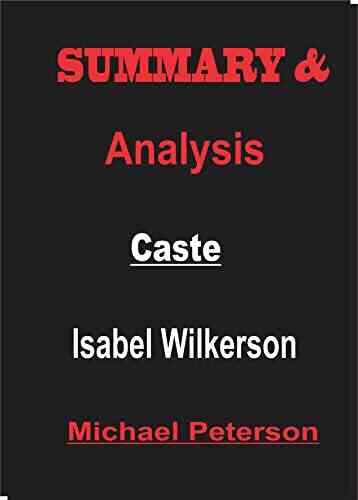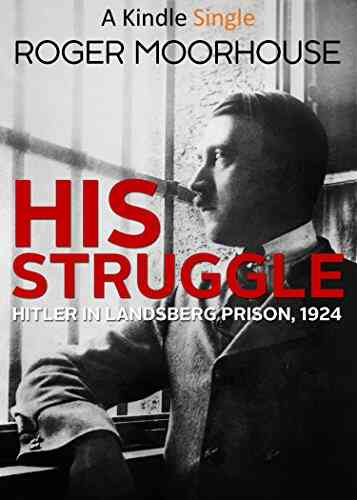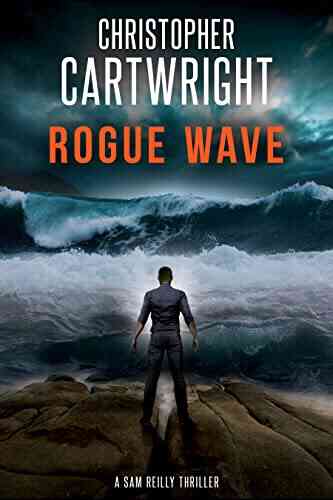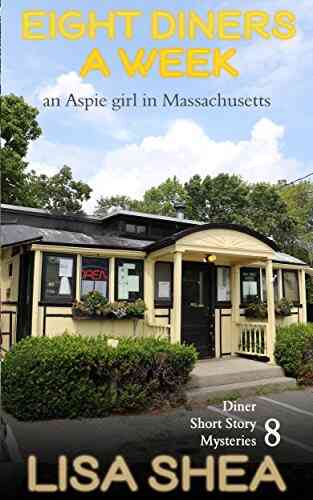Unlocking the Secrets of War and Peace: From IX to XV

War and Peace is not just a novel; it's a deep dive into the complexity of human emotions and the tumultuous times in which we live. Spanning across generations, the epic masterpiece by Leo Tolstoy captures the essence of war, love, and humanity. Join us on a journey to explore the intricacies of this literary gem as we unravel the secrets hidden within Books IX to XV.
Book IX: The Battle of Borodino
The Battle of Borodino is a defining moment in War and Peace, as Tolstoy meticulously recreates the chaos and brutality of the Napoleonic invasion of Russia. In this section of the novel, readers witness the horrors of war as characters grapple with their own mortality and the destruction of their homeland. The alt attribute for our long descriptive keyword could be "The Consequences of War: Tolstoy's depiction of the Battle of Borodino in War and Peace." This allows visually impaired individuals to understand the context of the article through alternative text.
As the French army advances, we follow the lives of Pierre, Andrei, and Nikolai, whose experiences on the battlefield change them forever. Tolstoy's vivid descriptions and intricate character development allow us to empathize with the soldiers, making the Battle of Borodino an emotional rollercoaster that grips readers until the very end.
4.5 out of 5
| Language | : | English |
| File size | : | 2176 KB |
| Text-to-Speech | : | Enabled |
| Screen Reader | : | Supported |
| Enhanced typesetting | : | Enabled |
| Print length | : | 83 pages |
| Lending | : | Enabled |
Book X: The Icon and the Riddle
Tolstoy delves into the spiritual realm in Book X, exploring the themes of faith, destiny, and the search for meaning. Pierre becomes the focal point, as his journey takes an existential turn when he encounters a mysterious Freemason brotherhood. What follows is a philosophical exploration of morality and the complexities of human existence.
Within this book lies a treasure trove of long descriptive keywords for alt attributes, such as "The Quest for Enlightenment: Pierre's Spiritual Awakening in War and Peace." These alternative texts allow visually impaired individuals to fully grasp the essence of the article while immersing themselves in the storyline.
Tolstoy masterfully weaves together opposing ideologies, challenging conventional notions of religion and morality. As Pierre wrestles with the duality of his nature, readers are forced to confront their own beliefs and ponder the existential questions that shape our lives.
Book XI: Two Proposals
Love takes center stage in Book XI, as the lives of our beloved characters become entangled in a web of desire and betrayal. Alt attributes with long descriptive keywords could include "The Complexities of Love: Unraveling the Romantic Entanglements in War and Peace." These alt attributes serve as a pathway to understanding the article's content for those who rely on alternative text.
Natasha finds herself torn between the passionate Andrei and the charming Anatole, leading to a whirlwind of emotions that ultimately results in heartbreak and lost innocence. Tolstoy's rich character development captures the intricacies of love, showcasing both its beauty and its destructive potential.
Book XII: Conversations at Malo-Yaroslavets
In Book XII, Tolstoy introduces a fascinating mix of diplomacy, politics, and personal relationships. As the French army retreats and the Russian forces pursue, characters engage in gripping conversations that shape the course of events. The alt attribute for this section could be "The Politics of War: Intrigue and Diplomacy in Tolstoy's War and Peace" to allow visually impaired individuals to fully engage with the article.
With the setting shifting from war-torn battlefields to intimate conversations, Tolstoy explores the impact of decision-making on both personal relationships and society as a whole. This section provides a glimpse into the intricacies of power dynamics and the consequences of individual choices.
Book XIII: Epilogue
Tolstoy concludes War and Peace with an epilogue that ties up loose ends and offers reflections on the themes explored throughout the novel. The alt attribute for this chapter could be "War and Peace: A Reflection on Life, Love, and the Human Condition." This allows visually impaired readers to understand the overarching message of the article.
Through the epilogue, Tolstoy leaves readers pondering the purpose of life and the inevitability of death. It serves as a reminder that despite the chaos and unpredictability of war, the human spirit endures, seeking love, meaning, and forgiveness.
War and Peace is an unrivaled masterpiece that continues to captivate readers across generations. From the vivid descriptions of war to the intricacies of love and the search for existential meaning, Tolstoy's work is a reflection of the human condition. Utilizing descriptive keywords for alt attributes and teasing readers with a , we have delved deep into the secrets hidden within Books IX to XV of War and Peace. This article has aimed to unlock these secrets, inviting readers to immerse themselves in Tolstoy's world and explore the complexities of humanity within its pages.
4.5 out of 5
| Language | : | English |
| File size | : | 2176 KB |
| Text-to-Speech | : | Enabled |
| Screen Reader | : | Supported |
| Enhanced typesetting | : | Enabled |
| Print length | : | 83 pages |
| Lending | : | Enabled |
War and Peace is a novel by Leo Tolstoy, first published from 1865 to 1869 in Russkii Vestnik, which tells the story of Russian society during the Napoleonic Era. It is usually described as one of Tolstoy's two major masterpieces (the other being Anna Karenina) as well as one of the world's greatest novels.
War and Peace offered a new kind of fiction, with a great many characters caught up in a plot that covered nothing less than the grand subjects indicated by the title, combined with the equally large topics of youth, marriage, age, and death. Though it is often called a novel today, it broke so many conventions of the form that it was not considered a novel in its time. Indeed, Tolstoy himself considered Anna Karenina (1878) to be his first attempt at a novel in the European sense.
Do you want to contribute by writing guest posts on this blog?
Please contact us and send us a resume of previous articles that you have written.




















Light bulbAdvertise smarter! Our strategic ad space ensures maximum exposure. Reserve your spot today!
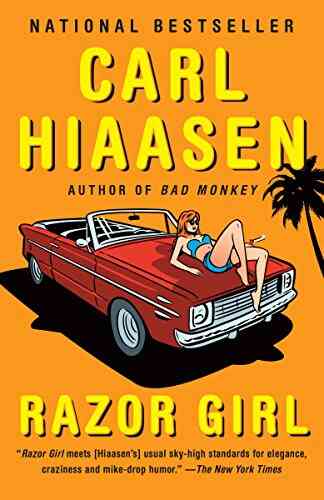
 Fletcher MitchellRazor Girl Novel by Carl Hiaasen - A Wild Ride through Florida's Underbelly
Fletcher MitchellRazor Girl Novel by Carl Hiaasen - A Wild Ride through Florida's Underbelly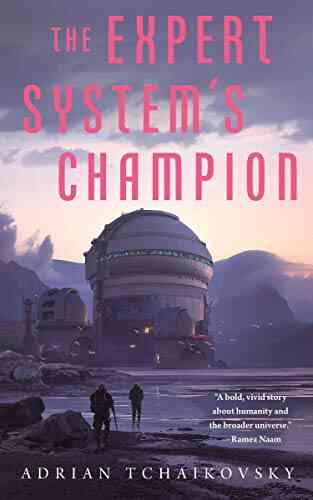
 Heath PowellThe Expert System Champion: Unleashing the Power of The Expert System Brother
Heath PowellThe Expert System Champion: Unleashing the Power of The Expert System Brother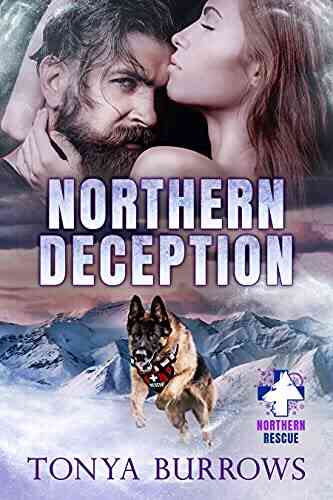
 Mikhail BulgakovThe Ultimate Northern Deception: How Northern Rescue Took the World by Storm
Mikhail BulgakovThe Ultimate Northern Deception: How Northern Rescue Took the World by Storm Ignacio HayesFollow ·19.8k
Ignacio HayesFollow ·19.8k Gene PowellFollow ·5.6k
Gene PowellFollow ·5.6k Cristian CoxFollow ·15.1k
Cristian CoxFollow ·15.1k Giovanni MitchellFollow ·4.3k
Giovanni MitchellFollow ·4.3k Esteban CoxFollow ·5.4k
Esteban CoxFollow ·5.4k Jerry HayesFollow ·5.9k
Jerry HayesFollow ·5.9k Theodore MitchellFollow ·13k
Theodore MitchellFollow ·13k Charles ReedFollow ·6.8k
Charles ReedFollow ·6.8k

 Wesley Reed
Wesley ReedThe Ultimate Allergy Free Hypnotherapy Script: Say...
Are you tired of dealing with...

 Walter Simmons
Walter SimmonsAn Alliance Reforged Sentenced To War
War has always been a backdrop for...

 Jarrett Blair
Jarrett BlairThe Untold Story of Loss Guy Blaze: A Rollercoaster...
They say that loss is an inevitable part of...

 Matthew Ward
Matthew WardThe Ultimate Guide to Vegetable Gardening For Beginners:...
Are you interested in...
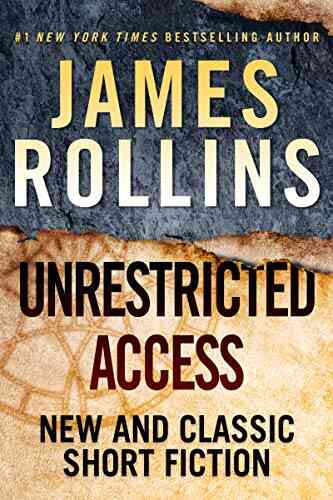
 Paulo Coelho
Paulo CoelhoUnrestricted Access: New And Classic Short Fiction
Are you passionate about literature?...

 Jamie Bell
Jamie BellSelf Hypnosis Made Easy - The Ultimate Guide to Unlocking...
: Do you find yourself...
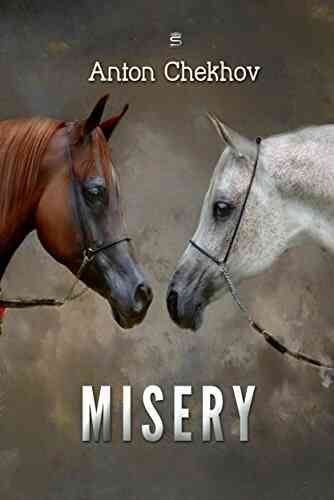
 Caleb Carter
Caleb CarterThe Misery of Lives: Exploring the Intense Emotions in...
Anton Chekhov, famed Russian playwright and...
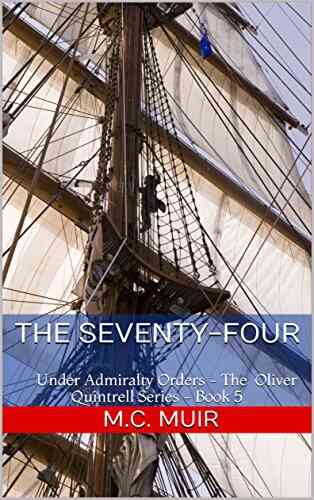
 Brandon Cox
Brandon CoxThe Untold Story of The Oliver Quintrell: A Journey...
The year was 1892. The maritime world was in...

 Juan Rulfo
Juan RulfoSpidey And His Amazing Friends Free Comic Free Comic Day...
Calling all Spidey fans! Get ready to...

 Cooper Bell
Cooper BellThe Seven Principles For Making Marriage Work: Key...
Marriage is a beautiful union...

 Eric Hayes
Eric HayesHomer And Classical Philology Glenn Mcgoldrick:...
When we think of ancient...
4.5 out of 5
| Language | : | English |
| File size | : | 2176 KB |
| Text-to-Speech | : | Enabled |
| Screen Reader | : | Supported |
| Enhanced typesetting | : | Enabled |
| Print length | : | 83 pages |
| Lending | : | Enabled |


